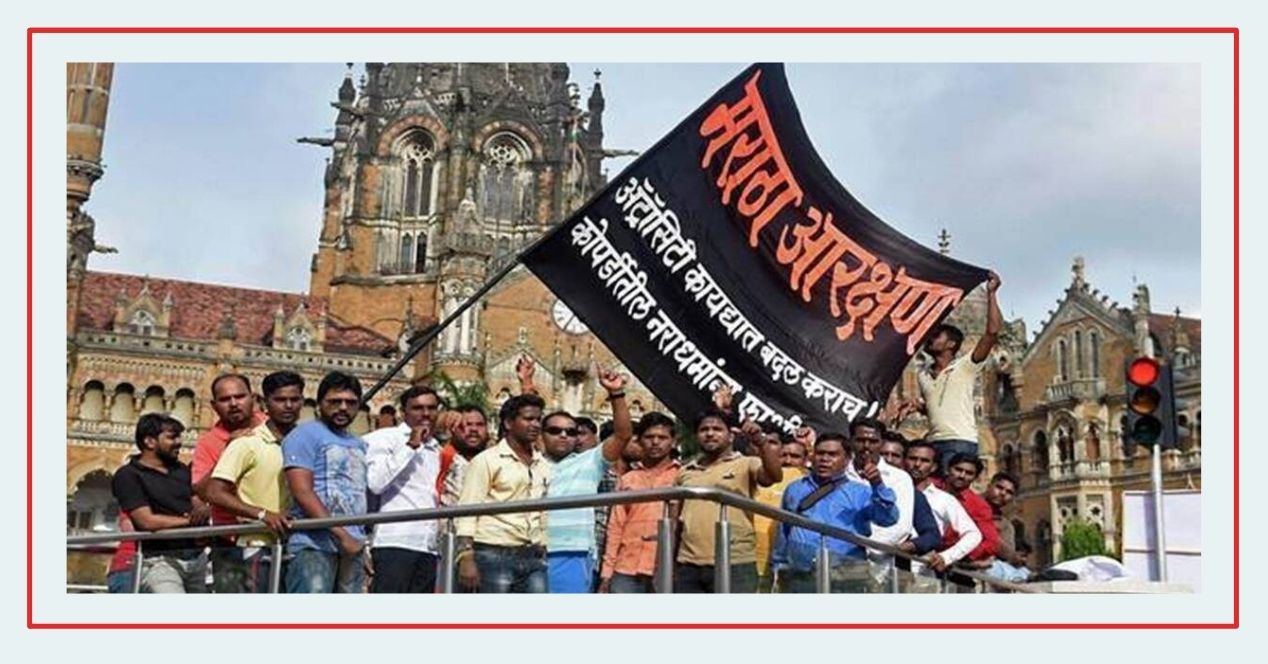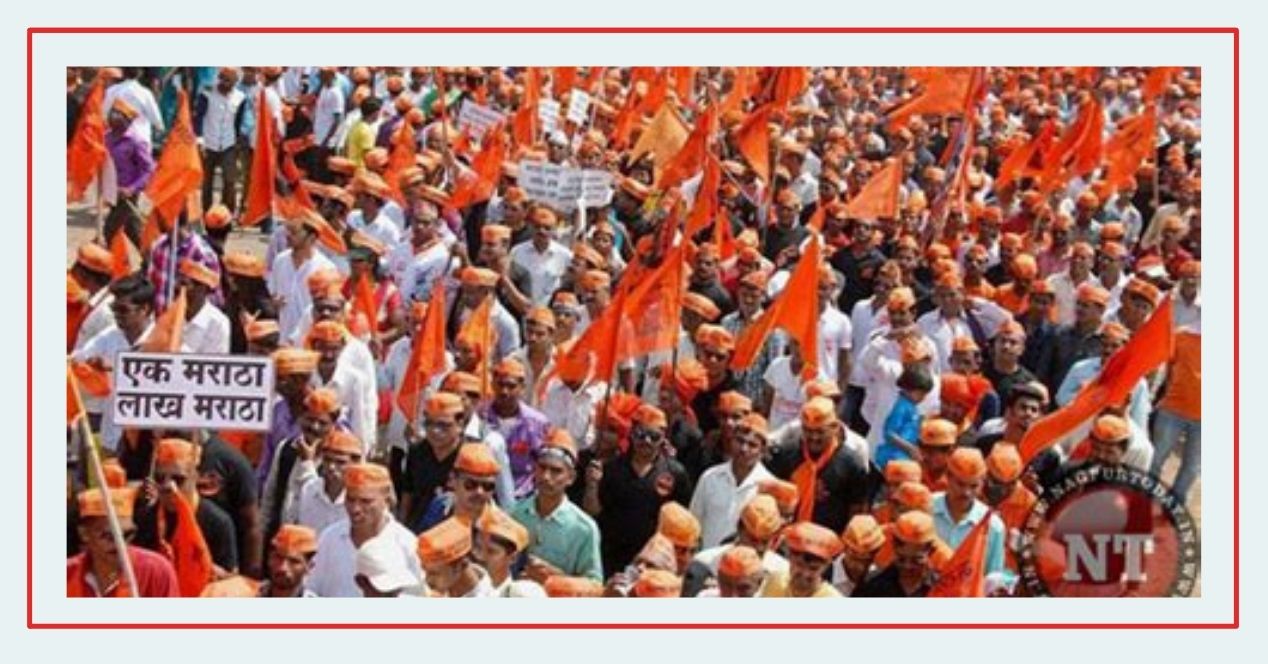Channel
SCO Explains: Maratha Reservations Hearings – The 50% Rule (3/4)
We look at the arguments on whether the 50% limit is binding precedent, and its scope in applying it to Maratha reservations.
It is the third part of a 4-part series on the Maratha Reservations Hearings, recorded in April prior to the pronouncement of the judgment. The other parts look at the litigation history before the case came to the Constitution Bench, the rationale and development of the 50% limit on reservations and the interpretation of the 102nd Amendment.
Transcript
The Supreme Court read down the provision granting reservations for Marathas on 5th May 2021. In doing so, it affirmed the 50% rule and held that States no longer have the power to identify socially and educationally backward classes after the 102nd Amendment Act, 2018.
In this four-part series of SCO Explains, we look at the hearings and the arguments in the Maratha Reservations case and place them in context. In the last two parts, we looked at the litigation history of the case and the background of the 50% rule and it’s rationale. In this episode, we look at the hearings and arguments regarding the set of issues on the 50% rule: whether it was a binding precedent, whether it should be reconsidered and whether it applies to the Maratha reservations case. These episodes were recorded in April prior to the pronouncement of the judgment.
So now what we do is we’re going to move into with this understanding. The Maratha case background and the 50% rule , we’re just going to see how arguments were made before the Supreme Court. As I said, the first question that both the petitioners and respondents had to address was whether Indra Sawhney lays down the 50% rule. So, the sub-issue that comes up in this question is, was there a majority? Was there a majority in terms of the court giving a 50% rule?
So what the petitioners suggest was that there was indeed, a majority because 8 of those 9 judges, if you go back. Except Pandian, 8 of them somewhat agreed that there has to be a 50% rule, even though their conception of this rule might be different, but they agreed that 50% limit exists. So there was a majority in that sense.
But what the respondents argued was that there was no one voice. The Court’s articulation of 50% rule was polyvocal. So you have a different like I mentioned two minutes ago you had different camps, you have different judges articulating this rule with different exceptions. So in that sense, there wasn’t a majority.
So we cannot apply for people in the Maratha case. So that again, brings us to the question of whether it is a binding precedent. So petitioners, Arvind Datar on the first day, he basically presented to the court that it is indeed a binding precedent: post Indra Sawhney, around 50 cases relied on this rule, and 70 judges affirmed it.
So he suggested that according to his research and his team’s research, they couldn’t find a single case, a single judge who criticised or doubted the existence of the 50% rule. So he used this historical reliance on Indra Sawhney and the 50% rule to argue that it is indeed a binding precedent. And you need to evaluate the Maratha reservation framework in this context of 50% rule.
So now what the respondents argued on the other hand was that no, it is not a binding precedent because the Indra Sawney judgment, even though it laid down and talked about the 50% rule, it was just one aspect of the entire judgment.
The judgment basically, dealt with the Mandal Commission report dealt with the understanding of equality, and the understanding of reservation and whether reservation like Mihir mentioned, is an exception to equality and things like that. And also it reduced or it struck down the excess of reservation that Mandal or that the government had incorporated not on the ground, that it breached the 50% rule. But on another ground: the other ground being that reservation can only be made on caste considerations.
So, it can’t, it can’t have an economic status criteria. So what the respondents here state is the Indra Sawhney judgment, even though it talks about the 50% rule, it didn’t even apply that rule in its own. So, for any case to be a binding precedent, the rule that it espouses needs to have connection to the fact of the case. So in this case, there was no nexus, at least that’s what the respondents argued.
So, moving on to the next question. If the 50% limit applies are Maratha reservations within the scope of exceptional situations to justify breaching it. So, you have the first sub-question under it is what is the scope of exceptional situations or extraordinary circumstances?
So, what the petitioners argue is the argue justice Jeevan Reddy’s camp’s argument that the exception needs to be very narrowly construed. It has to be limited to accommodate only far-flung communities. And they argue that in the present case, the State government did not show that Marathas were indeed far-flung communities. They did not show that they’ve not been integrated with the mainstream society. Therefore, you cannot apply the exceptional circumstance standard here.
Now, what the respondents argue is that they say the Justice Jeevan Reddy’s understanding of this exception is not the majority. And they take what Sawant said: Sawant basically said that it has to be case by case basis. In this case, they argue that Maratha reservation and the Constitutionality of the SEBC Act needs to be understood in this case to case basis framework and not just subscribed to Justice Jeevan Reddy’s far-flung exception.
The other related question that came up was whether Marathas indeed were backward, socially and educationally.
So now what the petitioners, especially Shyam Divan argued was that are not socially and educationally backward community. In fact, they are a community yielding exceptional political power. So, he essentially said that 22 of the previous of the past chief ministers in Maharastra were from the Maratha community.
He gave statistics indicating how a lot of the IPS officers, a lot of prominent positions in the government is being occupied by Marathas. Therefore, they are not a socially educationally backward community. In fact, they yield a lot of social and political capital.
And what he also said was the argument that Marathas reject widow remarriage, or Marathas believe in child marriage is not an indicator of social backwardness, but that of conservatism. So the coach should not conflate these two.
On the other hand, you have the petitioners or respondents who argue that no, Marathas are backward. And even though that the population is large, their social and educational mobility has been very limited.
So that’s how these, these questions will kind of argued and addressed. Now Mihir will take us through the next issues.
So, the final issue on the 50% rule is basically if the limit does apply, and if Marathas are not within the exception, then should we reconsider the 50% limit itself and get rid of it perhaps. So, the petitioners are obviously going to argue. No, and there are three different grounds on which the court was analysing whether was a need to reconsider the 50% limit.
The first is whether there was a change in the law. So this relies primarily on the 103rd Amendment. So, the 103rd Amendment introduced reservations for economically weaker sections. The text of the Amendment says that this would be in addition to existing reservations.
It doesn’t say much about the 50% limit, but the respondents are arguing that Parliament knew that reservations were already at 49.5%. And when they introduced EWS, economically weaker sections, at 10%, they already knew that this was going to exceed 50% and they implicitly overruling this limit.
The petitioners have argued that this is not necessarily the case because the Amendment explicitly does not overrule limit and the economically weaker sections reservations can be applied within the existing framework of the rule.
So the second thing, which the Court considered in deciding whether there was a need to reconsider the limit was whether there were a change in circumstances: in social, political circumstances and dynamics of society. So, the petitioners have actually argued that there was a change in circumstances, but the change is in their favour.
What they’re saying is that nowadays groups gai reservation through what they call ‘political ransom’: you know, through protests where State governments are compelled to provide them reservation. They cited for example, that the Tamil Nadu government recently provided reservations prior to elections in order to perhaps appease voters.
The Respondents have argued that Indra Sawhney and the Mandal Commission have often asked governments to conduct periodic reviews of the reservation policy. And these periodic reviews recognize that changing social dynamics mean rules must be reconsidered from time to time. And the 50% limit is also a rule that should now be reconsidered.
The third thing is whether the limit was wrongly decided in the first place, in the case of Indra Sawhney, or even Balaji. Uh, the petitioner’s argument is similar to what I’ve already laid out earlier. The three arguments, and they go through that in great detail.
The respondents argue that the 50% limit is arbitrary. The Constitution doesn’t actually mention that should be 50% or half, each State has a different amount of backward communities. Each state has different circumstances. And the question of what the balance is between reservations and non-reserved seats should be struck on a case by case basis. For each case, looking at how much of the population is actually backward in that state.
So the Court has to consider these three grounds and decide whether they want to refer the Indra Sawhney 50% limit to a larger bench of 11 judges.
In the next and final episode, we consider the hearings and the arguments on second set of issues regarding the interpretation of the 102nd Amendment Act 2018, and whether it took away State’s powers to identify socially and educationally backward classes.


